Commercial UAVs over the battlefield and the fight against them
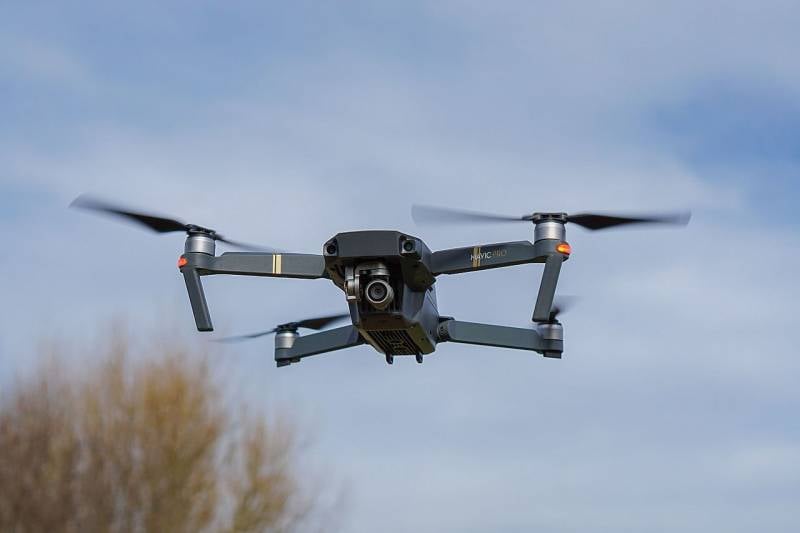
The DJI Mavic Pro UAV is one of the most common vehicles in the war zone. Photo by Wikimedia Commons
As the fighting continues, small commercial unmanned aerial vehicles are demonstrating their military potential. They are used for reconnaissance and fire adjustment, for strikes using light ammunition, or become a means of destruction themselves. Fortunately, the fight against such threats is not only possible, but also successfully carried out. In our country, a number of different means of such purpose have been created.
Common Threat
In the zone of the Special Operation, the enemy is actively using small UAVs of popular commercial models that are on free sale. First of all, these are copters of several basic models. In particular, the Chinese DJI Mavic, its modifications or similar products are very popular. Such Drones able to stay in the air for up to 20-30 minutes, equipped with a camera and can carry a small combat load.
UAVs of different models "from the store" have a number of common features that determine their performance characteristics and capabilities, incl. in the context of combat use. So, most of these products are made of plastic or composites. Only electric motors are used. Power comes from a battery with an optimal ratio of mass and capacity, which imposes certain restrictions on the duration of the flight.
Commercial drones have similar electronics in terms of functions and capabilities. All or almost all such devices are controlled by the operator using the remote control; there may be a mode of independent flight to given points and / or return to the starting point. UAVs are oriented in space using satellite navigation systems.
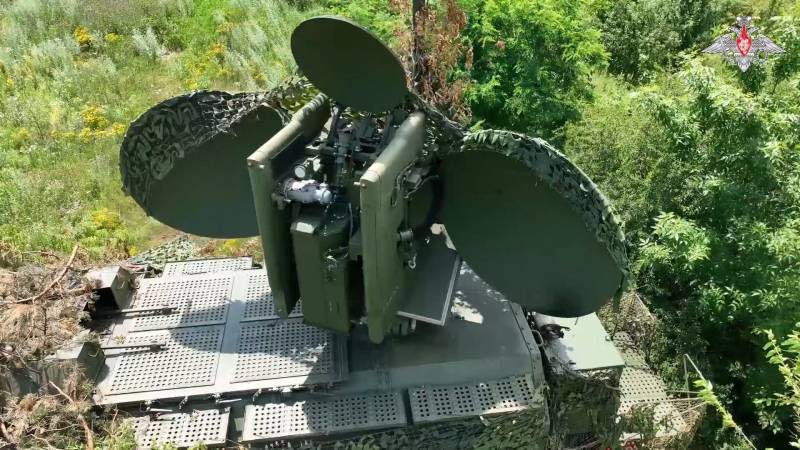
Station RTR / electronic warfare "Krasukha-S4" during operation. Photo by the Ministry of Defense of the Russian Federation
The transfer of commands to the drone and telemetry with a video signal to the remote control is carried out via a two-way radio channel. Frequencies are used in the permitted civilian bands - 2,4 GHz or 5 GHz. This can use existing communication protocols, such as Wi-Fi, or a proprietary communication format from the UAV manufacturer.
Depending on the model and specifications, a modern commercial UAV can carry a FullHD or 4K video camera. The potential of the device as a means of reconnaissance and correction depends on the type and parameters of the camera. In some cases, the carrying capacity of the drone allows you to install an additional system for carrying and dropping small and light ammunition, such as a grenade.
Find and destroy
The most obvious way to deal with commercial UAVs that threaten troops or infrastructure is to intercept and destroy them. For this, various means already available in the troops and power structures can be used. They are actively used as part of the current Special Operation and cause known harm to the enemy.
First of all, UAV detection is carried out visually, with the naked eye and with the help of optics, as well as by sound. Such methods are notable for a certain complexity and require skill, but they are quite consistent with the task and allow timely detection of at least a part of air targets. Anti-aircraft systems equipped with optical means of detection also show high efficiency.
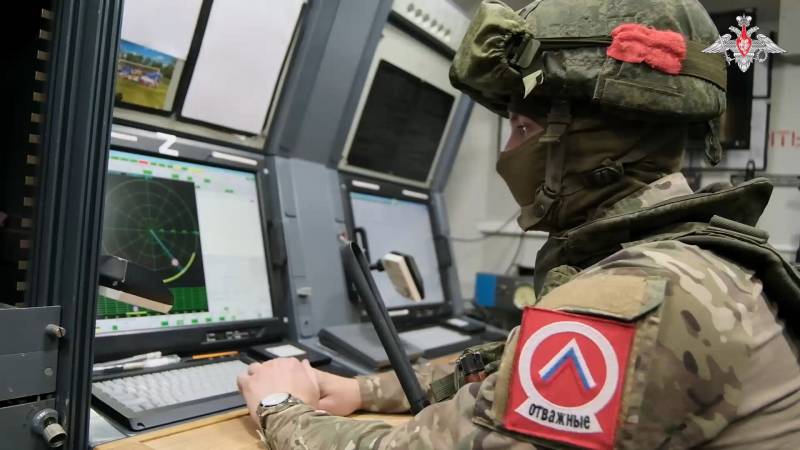
EW complex operator at work. Photo by the Ministry of Defense of the Russian Federation
Drones detect with the help of radar and radio equipment. At the same time, the small size and radio-transparent design can interfere with the operation of the radar. At the same time, the UAV constantly transmits radio signals that can be detected by electronic intelligence. The same applies to the operator's console. Existing domestic RTR systems can determine the direction to the apparatus or operator or calculate their exact coordinates. Detection of targets is facilitated by their use of known radio frequencies.
The Russian industry offers a range of RTR complexes with the ability to detect UAVs and, in some cases, operators. Such functions have universal full-size complexes, such as Krasukha, or a specialized compact Serp-VS5 from Roselectronics. At the same time, it is precisely the direction of small-sized ones that has recently been developing, incl. portable RTR systems designed for commercial UAVs.
To destroy the noticed small UAVs, regular small arms are usually used. weapon fighters. Commercial drones are not known for their durability and survivability, which is why even one submachine gun or rifle bullet is enough to defeat them. The success of such an interception depends on the skills of the shooter and the reaction of the operator, who can manage to take his UAV out of the fire.
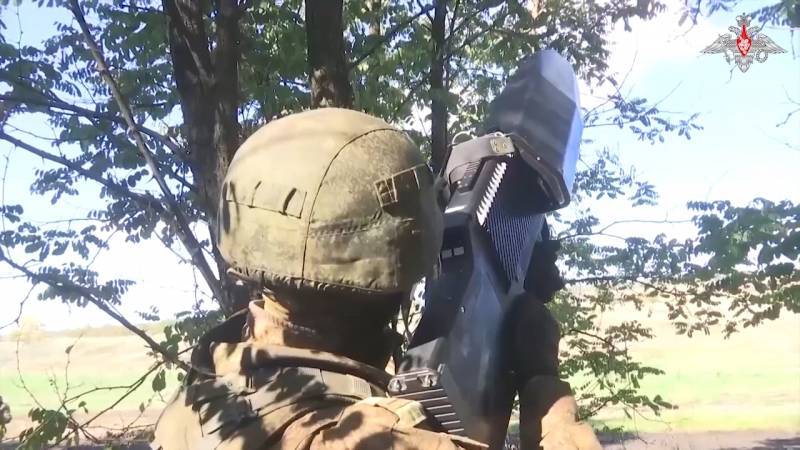
Fighter with "anti-drone gun" type "Harpoon-3". Photo by the Ministry of Defense of the Russian Federation
An effective tool against UAVs is small-caliber artillery. For example, the Pantsir-S1 air defense missile system has a pair of 30-mm guns and is equipped with an effective fire control system. At the same time, the use of missiles against drones is impractical.
Suppression tasks
UAVs can not only be shot down, but also suppressed, preventing their operation and use. Specialized electronic warfare systems designed to suppress precisely popular commercial UAVs have become widespread. Such products exploit the well-known weaknesses of unmanned systems and can be produced in different formats. In particular, products in the form of a "gun" are very popular.
The principles of operation of specialized electronic warfare systems are quite simple. When an unmanned target is detected, the complex sends a jamming radio signal to it. The existing complexes are capable of suppressing the signals of GPS, GLONASS satellites, etc., as well as blocking communication channels with the operator with interference. Having lost connection with the remote control, the drone, depending on the model and program, lands or returns to the starting point. When the satellite signal is suppressed, it also loses such opportunities. The range of "guns" reaches 2-3 km.
Suppressing commercial UAVs without modifications is a fairly simple task. The frequencies of the satellite signal and two-way communication with the operator are well known and do not need to be detected. Therefore, specialized electronic warfare systems often have several preset operating modes at such frequencies. This simplifies their design and circuitry, and also facilitates the work of the operator.
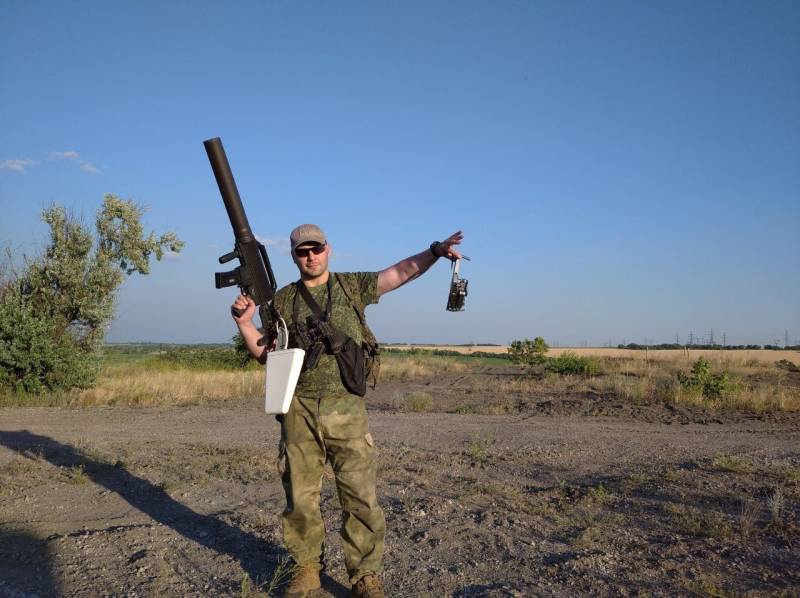
The operator of the "Shotgun" LPD-801 with a trophy. Photo Vk.com/novnews
Domestic "anti-drone guns" are more popular in the area of the Special Operation. The troops have several types of such products - LPD-801 from the PPSh Laboratory, Stupor PARS from the Location Workshop company, etc. Complexes in the form of rifles / shotguns are easy to operate, easy to handle and do a good job.
Stationary electronic warfare systems are also being developed and implemented, designed to combat small UAVs. A different version of the design allows you to introduce more functions and get advantages over the "guns". So, the product "Serp-VS5" mentioned above combines the functions of RTR and electronic warfare. This complex is able to detect drone radio signals and suppress it at a distance of up to 5 km. At the same time, the stationary design made it possible to use four antenna devices on a common basis - each of them operates in its own sector.
Seize opportunities
Small UAVs of commercial models attract the armies and law enforcement agencies of different countries, and the results of these processes can now be observed in the zone of the Special Operation. This technique has become widespread and is actively used to solve some problems. At the same time, it complements the drones, originally created for military use.
The popularity of this technique is based on several factors. First of all, it is relatively low cost and availability. Due to this, various public organizations and volunteers were able to organize mass purchases and deliveries of UAVs to active units. UAVs of popular models, with all the limitations, have sufficient characteristics for use over the battlefield and are quite suitable for solving individual tasks.
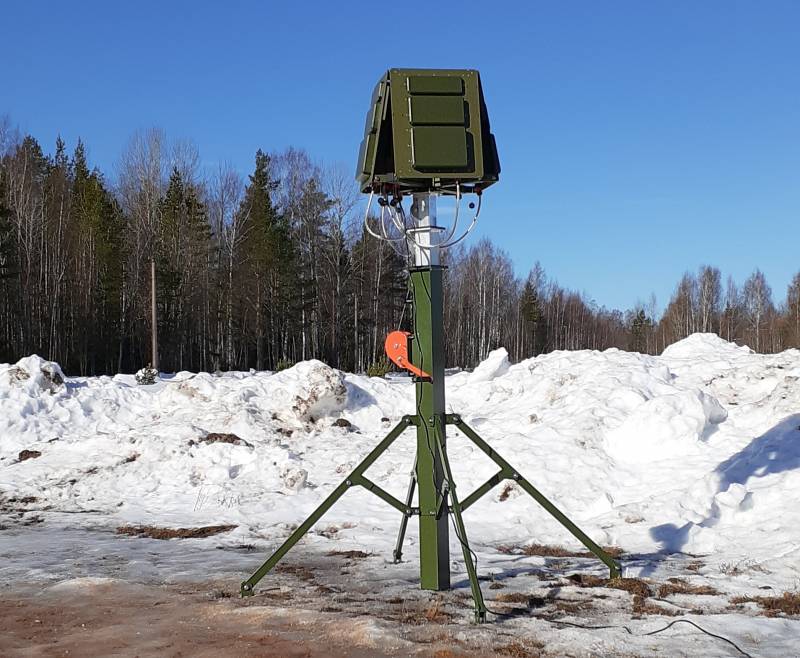
The antenna device of the "Serp-VS5" complex - four antennas operate in different sectors. Photo Research Institute "Vector"
However, the simplicity of the design can be a disadvantage. First of all, this is electronics that does not meet all the requirements of army operation. Popular UAVs use only satellite navigation and communicate with the operator at known frequencies. Any measures to protect against interference are simply not provided. Accordingly, the suppression of such a goal is not particularly difficult.
Thus, the construction of an unmanned aviation based on commercial samples, with all the advantages, has serious drawbacks. The enemy is already fully faced with similar problems. Ukrainian formations, building their unmanned aircraft, relied on imported UAVs of popular models. The Russian army took this circumstance into account - and paid attention to the deployment and operation of appropriate countermeasures.
As a result, enemy drones cannot fully solve their tasks and ensure the operation of other systems and complexes. In the best case for them, it is only about suppression and return to the launch site, but a significant number of UAVs are shot down by our fighters or taken as a trophy. In this regard, the enemy regularly complains about the impossibility of operating drones with the desired results and about the related problems of other units.
Obviously, the experience of using technology in the current hostilities will be subject to careful analysis, both here and abroad. Apparently, big and far-reaching conclusions will be made about the use and further development of unmanned aircraft. In addition, appropriate attention will be paid to the means of counteracting it, and new systems and complexes of this kind will appear. Whether commercial UAVs will be able to remain over the battlefield after that, time will tell.
Information